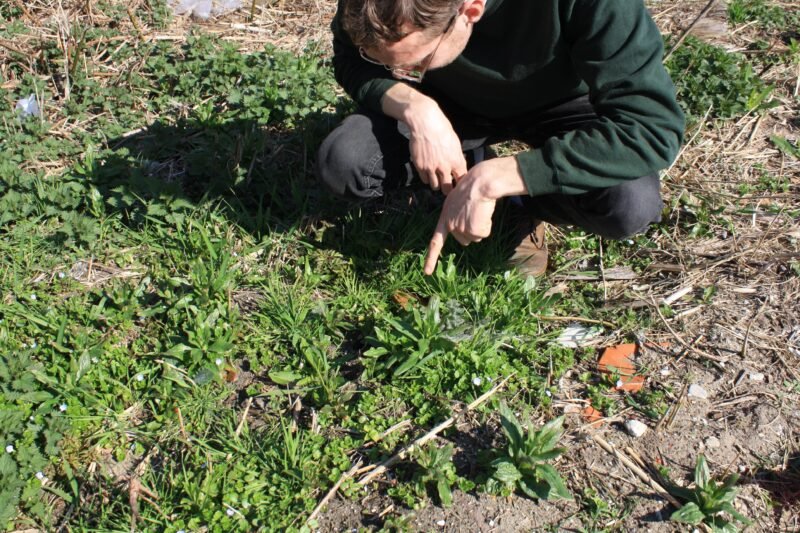Virtually Mediated Wilderness

In the context of big contemporary cities, tracking flora and/or fauna seems to be important for achieving data regarding the behavior of nature in front of men’s realm, but may be also important for the conscience of the citizens over their environmental impact. Experiments are continuously held. One of the latest is the Talking Tree, which we already wrote about. Many other tests have been done using fauna — pigeons, for instance, which were equipped with sensors in order to obtain more insight in urban pollution levels. Results of the experiment were monitored on a blog.
“PigeonBlog provides an alternative way to participate environmental air pollution data gathering. The project equips urban homing pigeons with GPS enabled electronic air pollution sensing devices capable of sending real-time location based air pollution and image data to an online mapping/blogging environment. Pigeonblog is a social public experiment between human and non-human animals.”

Anyway, tracking of animals and trees is still scarcely used to serve men’s monitoring necessities, as contemporary robotic hardware serve this aim more efficiently and have less maintenance-like issues. Living beings are mostly tracked in order to obtain insight in their impact on an eco-system, like what happened in the Cook County Coyote Project in Illinois, where various coyotes where released in the city and constantly monitored to study wilderness behavior in urban areas.
Many other similar studies are performed every year outside metropolitan territories, but what is interesting in the Cook County Coyote Project (same as with PigeonBlog and Talking Tree) is the coexistence with humans. The possibilities to monitor surroundings of animals or plants and ‘translate their feelings’ through electronic devices gives us an uncommon responsibility: what if the tree in front of my window was complaining about the air pollution? Will I be more aware of my pollution, for instance every time when I step into my car?

Photo: Takkejong (Flickr)
As Pruned ironically points out, tracking animals may create a sort of ‘urban safari’, with citizens ‘hunting’ for GPS-tracked wilderness in the city with an iPhone; but I believe other interesting perspectives are open. What if a beautiful, traditional work like that of Joel Meyerowitz about New York City parks, beside the photos could let us hear the voice of each tree in our city?



